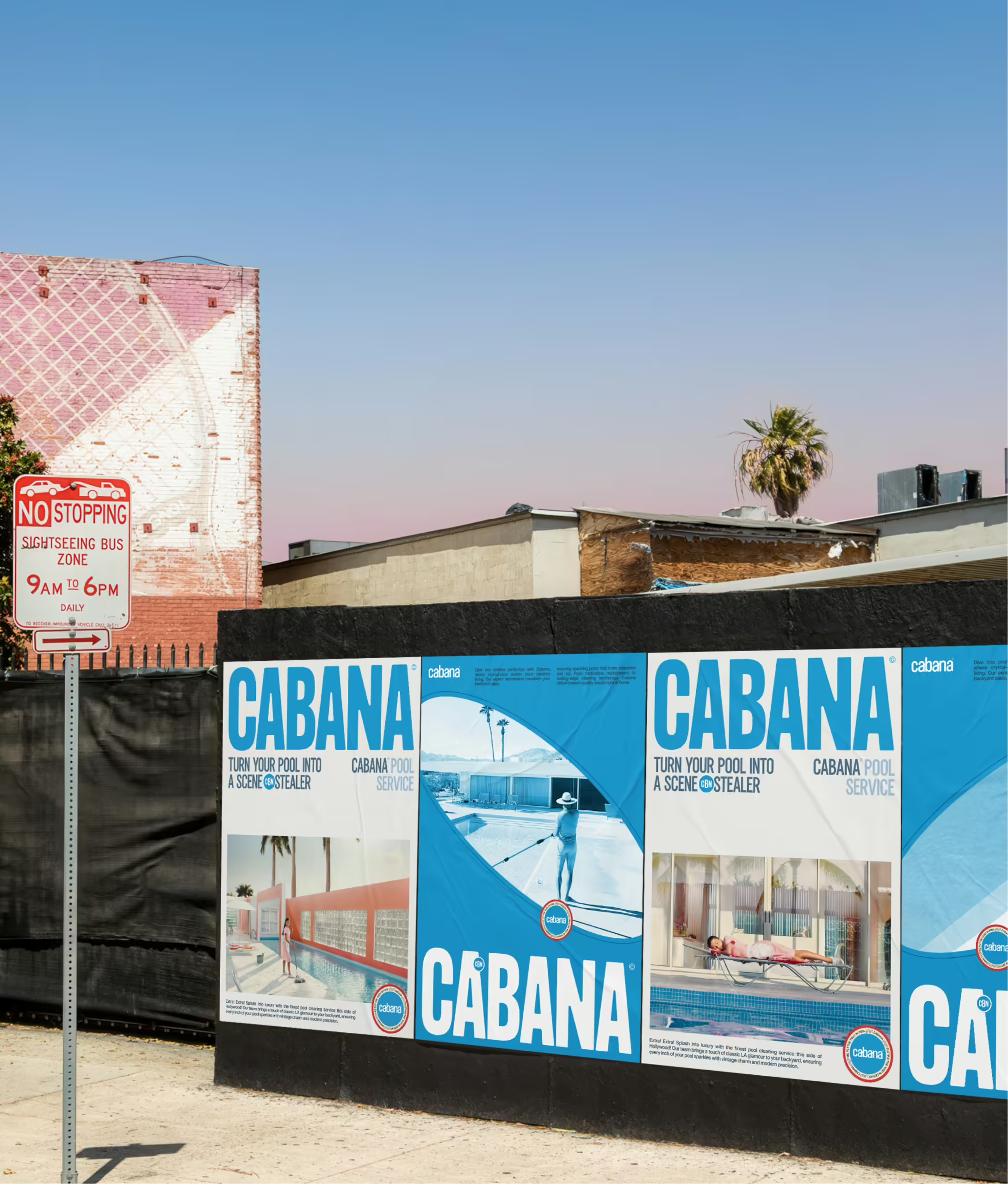Professional Salt Water Pool Repair
Turn to the salt water pool experts at Cabana for fast, accurate repairs!
Rated 4.9/5 by 2,200+ customer reviews
Simplifying Salt Water Pool Repair
Salt water pools offer some pretty substantial benefits over traditional chlorine pools. However, when things start to go wrong, it’s important to call in the professionals. Not all San Diego pool companies can handle salt water systems. At Cabana, our expert technicians have the experience and expertise needed.
Get a free quote in an instant!
Get a free quote in an instant!
Find out why we’re a top-rated saltwater pool repair provider.
Maintaining Your Pool: Salt Water System Maintenance
Gentle to the skin and easy on the eyes, salt water systems are incredible popular. However, the salt cells do require regular maintenance. Not investing in maintenance could mean your tranquil oasis becomes a murky swamp. Cabana’s team delivers the proactive maintenance you need to live carefree.
From cleaning to repairs to installations, we've got you covered.
What's included with our weekly pool cleaning service?
Check & Balance Pool Chemicals
Say farewell to hassle as we balance your pool chemicals for optimum water quality.
Inspect Filter System & Backwash
Clean filters are the secret to an immaculate pool all year long.
Manually Vacuum Pool Surfaces
Nothing can replace a thorough, hand cleaning.
Treat for Algae
Conquer the green with our expert algae treatments.
Clean Skimmer & Pump Baskets
We keep the water flowing freely to help ensure your pool is immaculate.
Empty Catch & Maintain Automatic Pool Vacuum
It’s all about peace of mind that everything’s operating optimally.
Brush Steps & Walls
Regular deep cleaning ensures you have a tranquil oasis.
Skim Water, Clean Leaves, Remove Debris
We leave your pool looking immaculate for worry-free enjoyment.
Detailed Post-Service Report
We detail every step and all our findings so you can make accurate decisions.
What's included with Weekly Pool Service?

Check & Balance Pool Chemicals
Say farewell to hassle as we balance your pool chemicals for optimum water quality.
Inspect Filter System & Backwash
Clean filters are the secret to an immaculate pool all year long.
Manually Vacuum Pool Surfaces
Nothing can replace a thorough, hand cleaning.
Treat for Algae
Conquer the green with our expert algae treatments.Clean Skimmer & Pump Baskets
We keep the water flowing freely to help ensure your pool is immaculate.Empty Catch & Maintain Automatic Pool Vacuum
It’s all about peace of mind that everything’s operating optimally.Brush Steps & Walls
Regular deep cleaning ensures you have a tranquil oasis.Skim Water, Clean Leaves, Remove Debris
We leave your pool looking immaculate for worry-free enjoyment.Detailed Post-Service Report
We detail every step and all our findings so you can make accurate decisions.
Here's how it works.

step 1
Get a quote
View transparent pricing options, service plans, and schedule your service in just 5 minutes or less, all online.
step 2
Specialist visit
A specialist will visit your property to make a professional diagnosis and resolve any issues your pool's salt water system is having. After our visit, you'll get a service summary with personalized tips and suggestions for care.
step 3
Guaranteed results
We are so committed to providing you an awesome experience that if you aren't completely satisfied, we'll come back and fix it, free of charge. *
Worry-Free Pool Chlorine Generator Maintenance
Salt chlorine generators are better for your pool, your family, and the planet. They’re energy-efficient and keep the water free of mold and algae without heavy doses of liquid chlorine. The problem is that calcium scale from the salt can build up, reducing your generator’s effectiveness. We can prevent that entirely with a professionally installed automated reverse polarity feature.
Customized Salt Water Pool Maintenance
Why deal with a one-size-fits-all maintenance plan for your salt water pool? Don’t you deserve something that fits your lifestyle and needs? We can create a tailored salt water pool maintenance schedule that fits like a glove and ensures that your pool is immaculate.
Why Choose Cabana?
Stop fighting to maintain your salt water pool. Turn to the pros as Cabana for:
• Stable water chemistry
• Incredible water clarity
• The safest swimming environment
• Professionally monitored and maintained salt cells
• Improved salt-to-chlorine conversion

Your neighbors say it best.



5,000+
Satisfied Customers
Let's get back to swimming.
Give us a call.
Talk with an expert and get a free quote.
Sun – Sat : 8:00 AM – 5:00 PM PST
Get online quote.
Get a fast, free online quote in just 5 minutes.
Need support?
Get your questions answered and connect with one of our experts in just seconds.
Popular Locations
Los Angeles, CAMalibu, CAVenice, CAPacific Palisades, CACulver City, CASherman Oaks, CAChatsworth, CABeverly Hills, CAHidden Hills, CABrentwood, CACalabasas, CAEncino, CAWoodland Hills, CAWestlake Village, CASanta Monica, CAPasadena, CAGlendale, CARolling Hills Estates, CAArcadia, CALa Canada Flintridge, CAWest Hills, CABel Air, CAHollywood Hills, CAManhattan Beach, CAWest Hollywood, CAPalos Verdes Estates, CARancho Palos Verdes, CALong Beach, CARedondo Beach, CAAgoura Hills, CABurbank, CAMar Vista, CAEl Segundo, CAPlaya Vista, CAPlaya Del Rey, CAMarina Del Rey, CASilver Lake, CAStudio City, CAInglewood, CATorrance, CA